- Home
- Articles
- Architectural Portfolio
- Architectral Presentation
- Inspirational Stories
- Architecture News
- Visualization
- BIM Industry
- Facade Design
- Parametric Design
- Career
- Landscape Architecture
- Construction
- Artificial Intelligence
- Sketching
- Design Softwares
- Diagrams
- Writing
- Architectural Tips
- Sustainability
- Courses
- Concept
- Technology
- History & Heritage
- Future of Architecture
- Guides & How-To
- Art & Culture
- Projects
- Interior Design
- Competitions
- Jobs
- Store
- Tools
- More
- Home
- Articles
- Architectural Portfolio
- Architectral Presentation
- Inspirational Stories
- Architecture News
- Visualization
- BIM Industry
- Facade Design
- Parametric Design
- Career
- Landscape Architecture
- Construction
- Artificial Intelligence
- Sketching
- Design Softwares
- Diagrams
- Writing
- Architectural Tips
- Sustainability
- Courses
- Concept
- Technology
- History & Heritage
- Future of Architecture
- Guides & How-To
- Art & Culture
- Projects
- Interior Design
- Competitions
- Jobs
- Store
- Tools
- More
Architecture of Hope: Shigeru Ban’s Paper Log House for Los Angeles
Shigeru Ban’s Paper Log House for Los Angeles transforms paper tubes into hope — redefining humanitarian architecture after the 2025 wildfires.
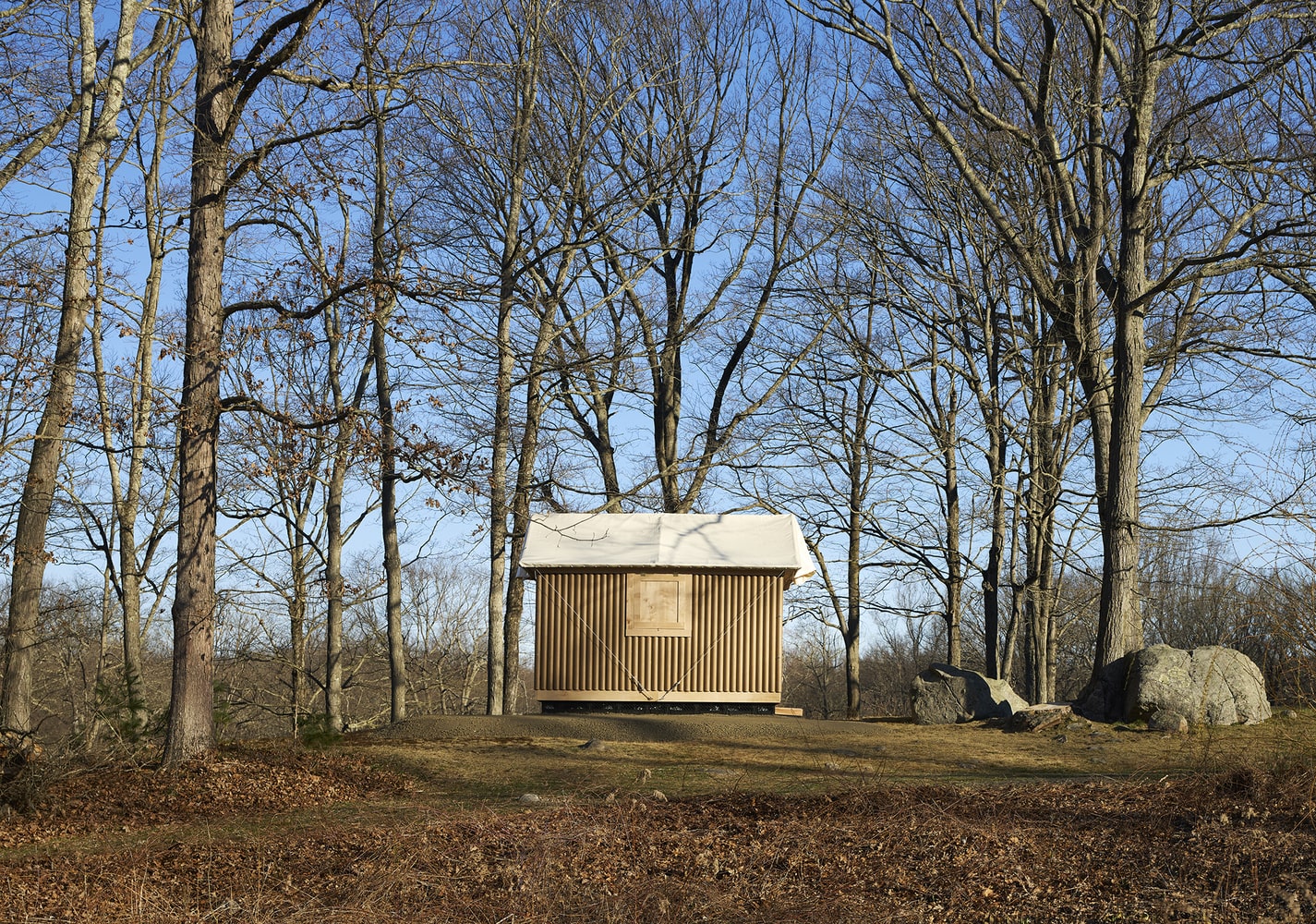
Japanese architect Shigeru Ban has long been admired for transforming simple materials into powerful tools for social change. Known for his humanitarian projects and innovative use of paper tubes, Ban challenges the traditional boundaries of architecture. For him, design is not just about aesthetics or permanence. His architecture is about humanity, empathy, and adaptability.
His latest proposal the Paper Log House for Los Angeles, continues this legacy. Following the devastating wildfires in January 2025, which burned over 57.000 acres and destroyed more than 18.000 buildings across Los Angeles, he introduced a concept for interim housing aimed at helping displaced residents rebuild their lives and return to their communities.

A Response to Disaster with Architecture
The 2025 wildfires left thousands of families homeless, particularly in Altadena, where nearly 9.400 buildings were lost. Ban’s response is both practical and poetic: a lightweight, low-cost, and recyclable housing system that can be quickly constructed with minimal tools.
The Paper Log House is built from affordable materials such as paper tubes, tent membranes, and sand-filled crates. Each structure can be fabricated off-site, transported easily, and assembled on-site even by untrained workers. Within just a few days, a family can have a safe, private, and insulated space to call home again. What makes the design especially meaningful is its flexibility: each unit can be expanded, relocated, or completely dismantled once permanent housing becomes available.
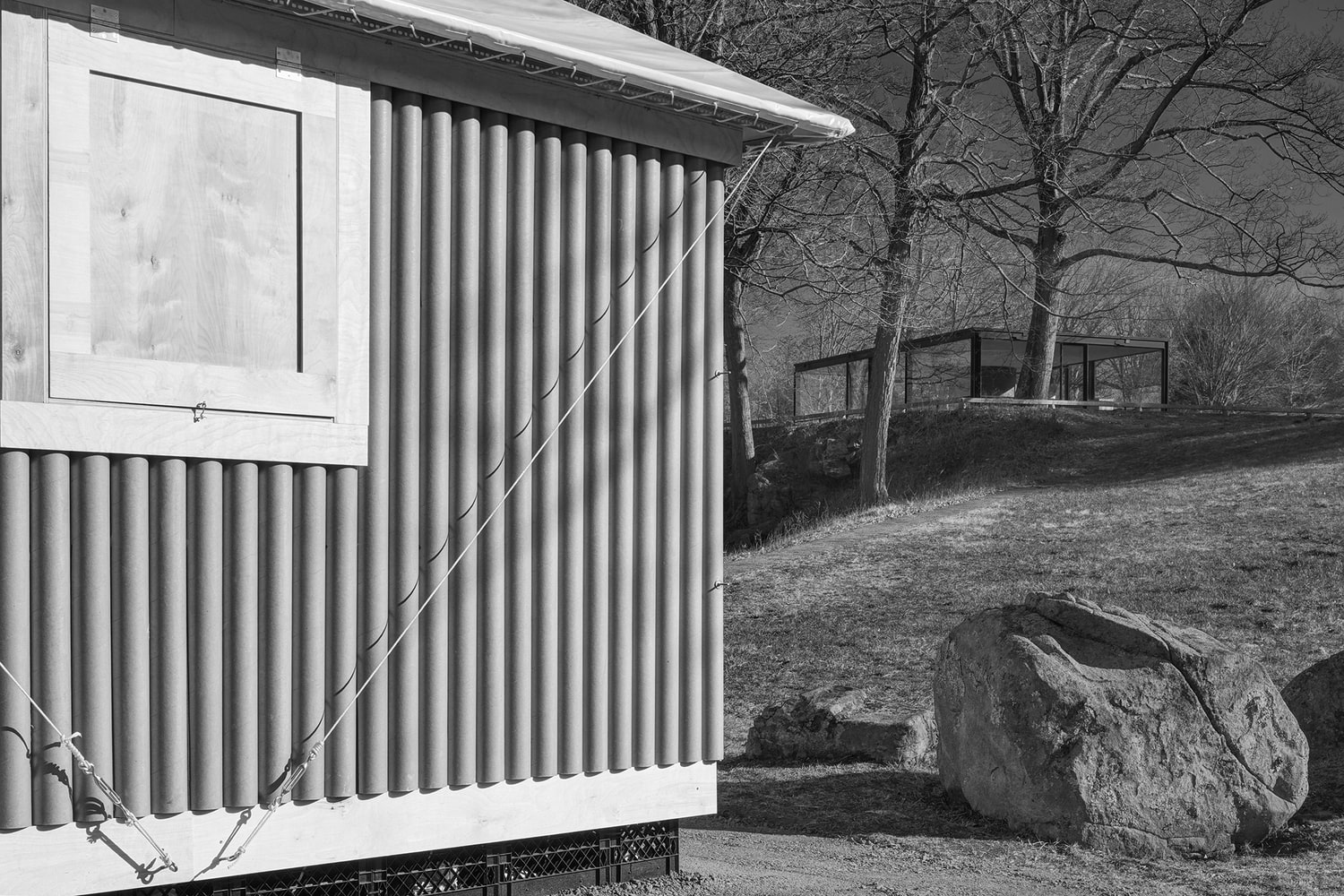
A Global Journey of Humanitarian Design
Ban’s Paper Log House is not a new idea that is a continuously evolving system refined through decades of disaster relief work. The first version appeared after the 1995 Kobe Earthquake in Japan. At that time, Ban sought to design a temporary shelter that was inexpensive, sustainable, and easy for anyone to build. His innovative use of paper tubes for walls, beer crates filled with sand for the foundation, and tent fabric for roofing set a new standard for emergency architecture.
Since Kobe, Ban and his Voluntary Architect’s Network (VAN) have brought this idea to disaster zones around the world. In Sheru Ban’s practice, designs are adapted to local climates, materials, and cultural needs around the world, including Turkey, India, Morocco, Korea, and Maui. This adaptability is one of the reasons Ban’s approach has become a model for architecture as social responsibility.

Rebuilding with Compassion
The Los Angeles version of the Paper Log House embodies Ban’s belief that architecture should serve people first. While many architects focus on iconic skylines or large-scale developments, Ban has dedicated much of his career to temporary, human-centered structures that restore dignity in times of crisis.
The project’s concept goes beyond emergency shelter that represents a new mindset in architectural practice, where sustainability, community engagement, and compassion meet. By using recyclable materials and local assembly, the project minimizes environmental impact while maximizing social benefit.

Shigeru Ban’s Paper Log House for Los Angeles reminds the architectural world that design can be both humble and heroic. It proves that creativity and empathy are not opposites but rather essential partners in addressing real human needs. As climate-related disasters become more frequent, Ban’s approach serves as a blueprint for architects everywhere: to build not only structures, but solutions to design not only for the eye, but for the heart.
Unbearable natural disasters are occurring all over the world, and architecture plays an important role in overcoming these processes socially. Shigeru Ban, who solves post-disaster housing needs around the world with the most sustainable and functional techniques, sets an example for everyone as a sensitive architect. In recent years, he has become famous for his use of paper as a building material, and he continues this success by building homes with natural materials.
- architecture and social responsibility
- architecture for humanity
- architecture with empathy
- disaster relief architecture
- emergency housing solutions
- emergency shelter design
- Humanitarian architecture
- Kobe earthquake shelter
- Los Angeles wildfires
- low-cost housing
- Paper Log House
- paper tube architecture
- recyclable building materials
- Shigeru Ban
- Shigeru Ban projects
- social impact design
- sustainable architecture
- sustainable disaster housing
- temporary housing design
- Voluntary Architect’s Network
Submit your architectural projects
Follow these steps for submission your project. Submission FormLatest Posts
Nashville’s $2.1B Nissan Stadium Approaches Final Construction Stage
Nashville’s new Nissan Stadium is nearing completion, bringing advanced engineering, an all-weather...
2025 LA Architectural Awards Celebrate Community, Recovery, and Design Excellence
The 55th LA Architectural Awards spotlight projects that support wildfire recovery and...
Jebel Ali Beach: Dubai’s Future Longest Public Beach
Dubai is transforming Jebel Ali Beach into its longest public beach, introducing...
Frank Gehry, Visionary Architect, Passes Away at Age 96 — A Reflection on His Legacy
Frank Gehry died on December 5, 2025 at his home in Santa...




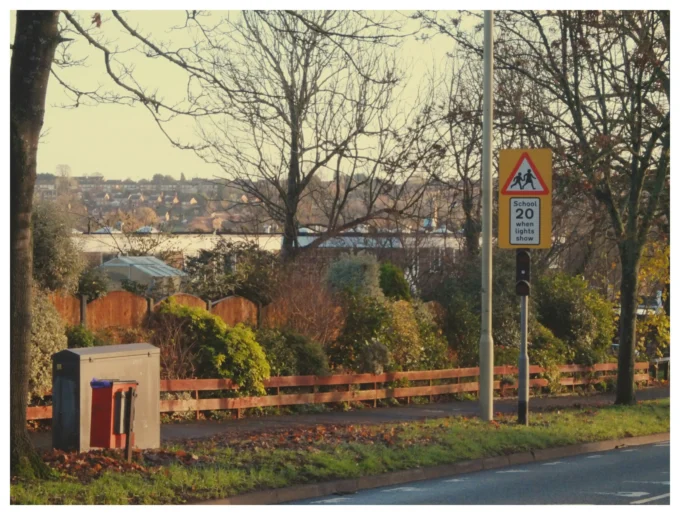
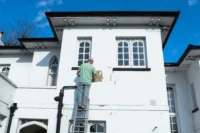


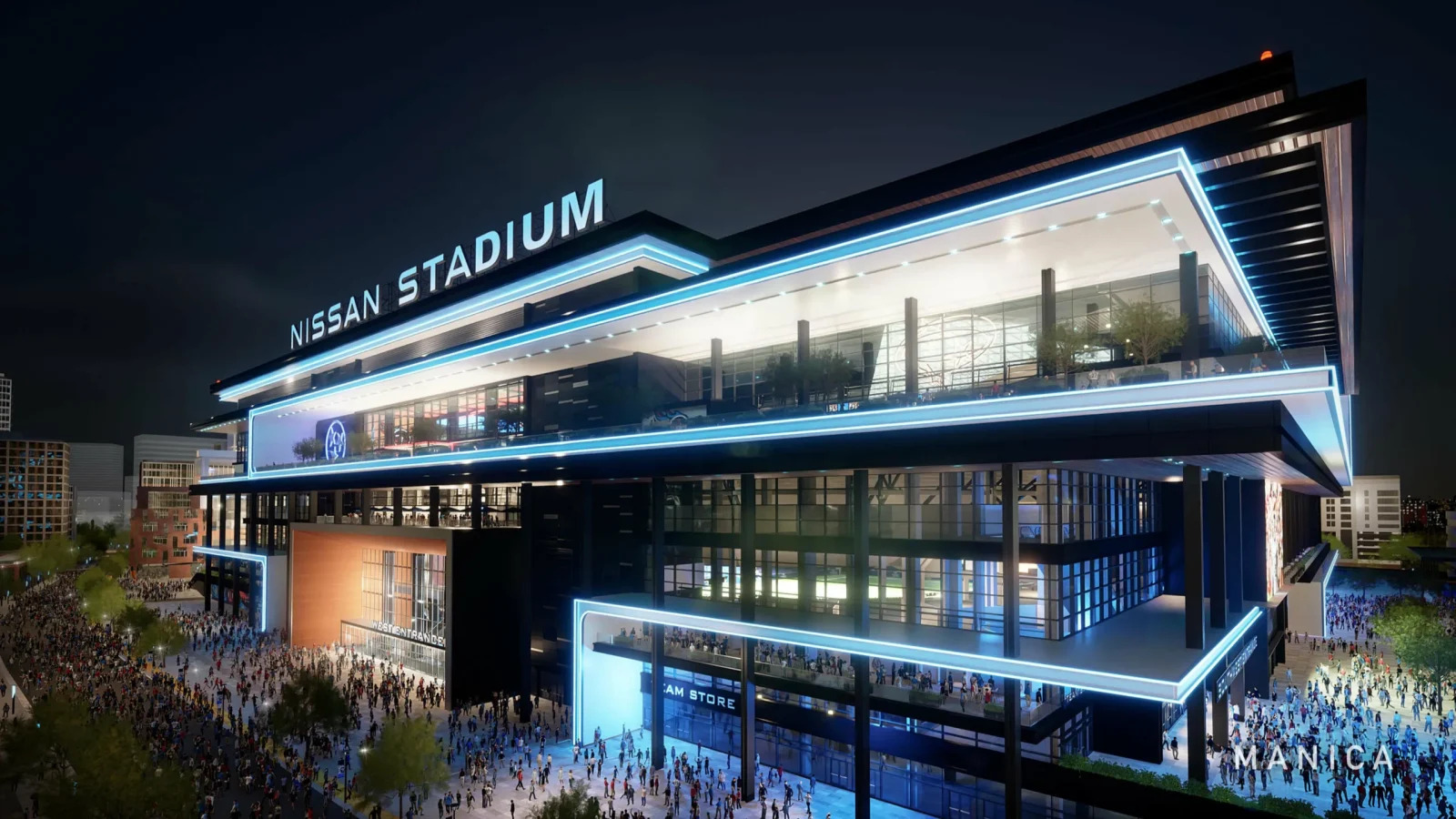
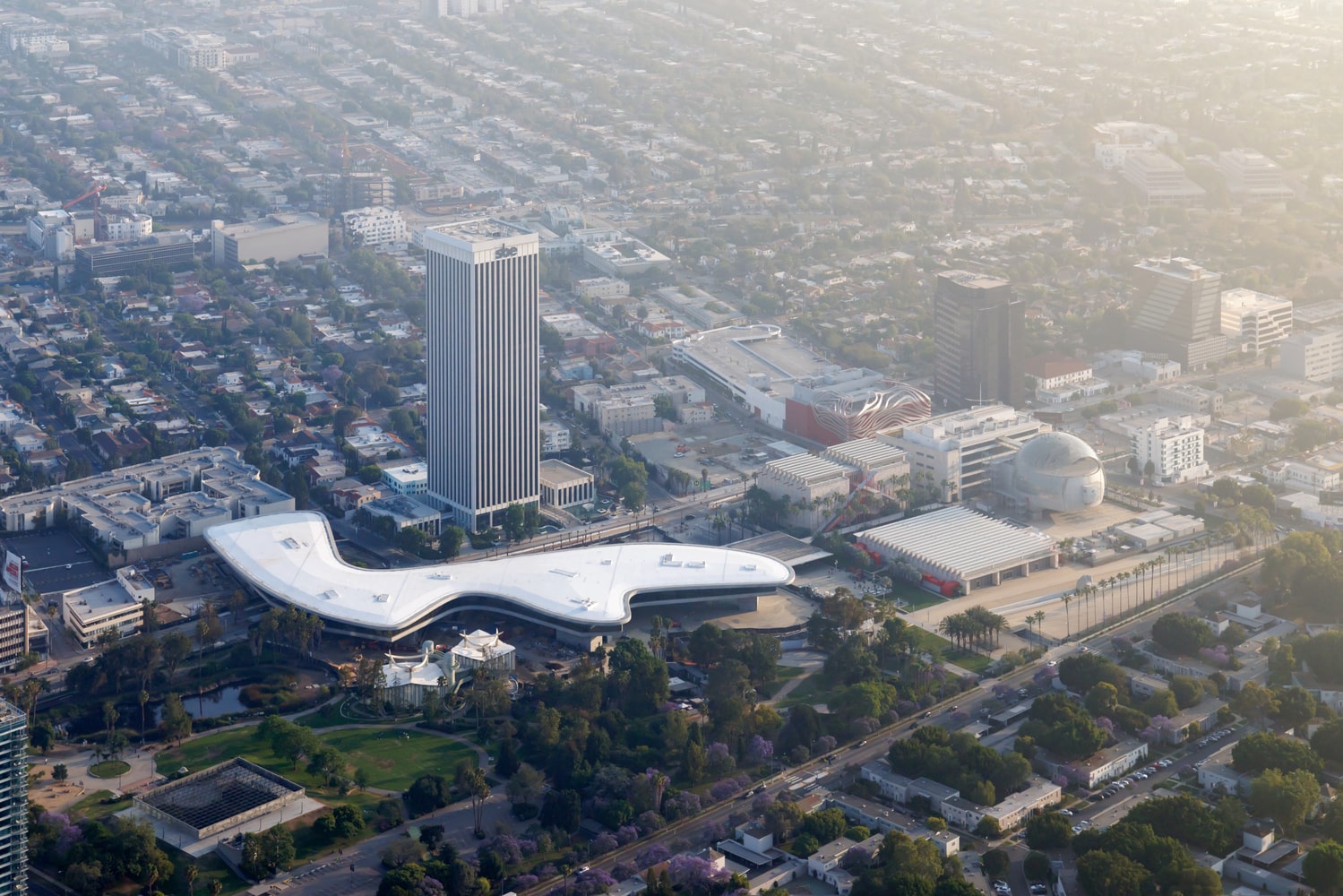
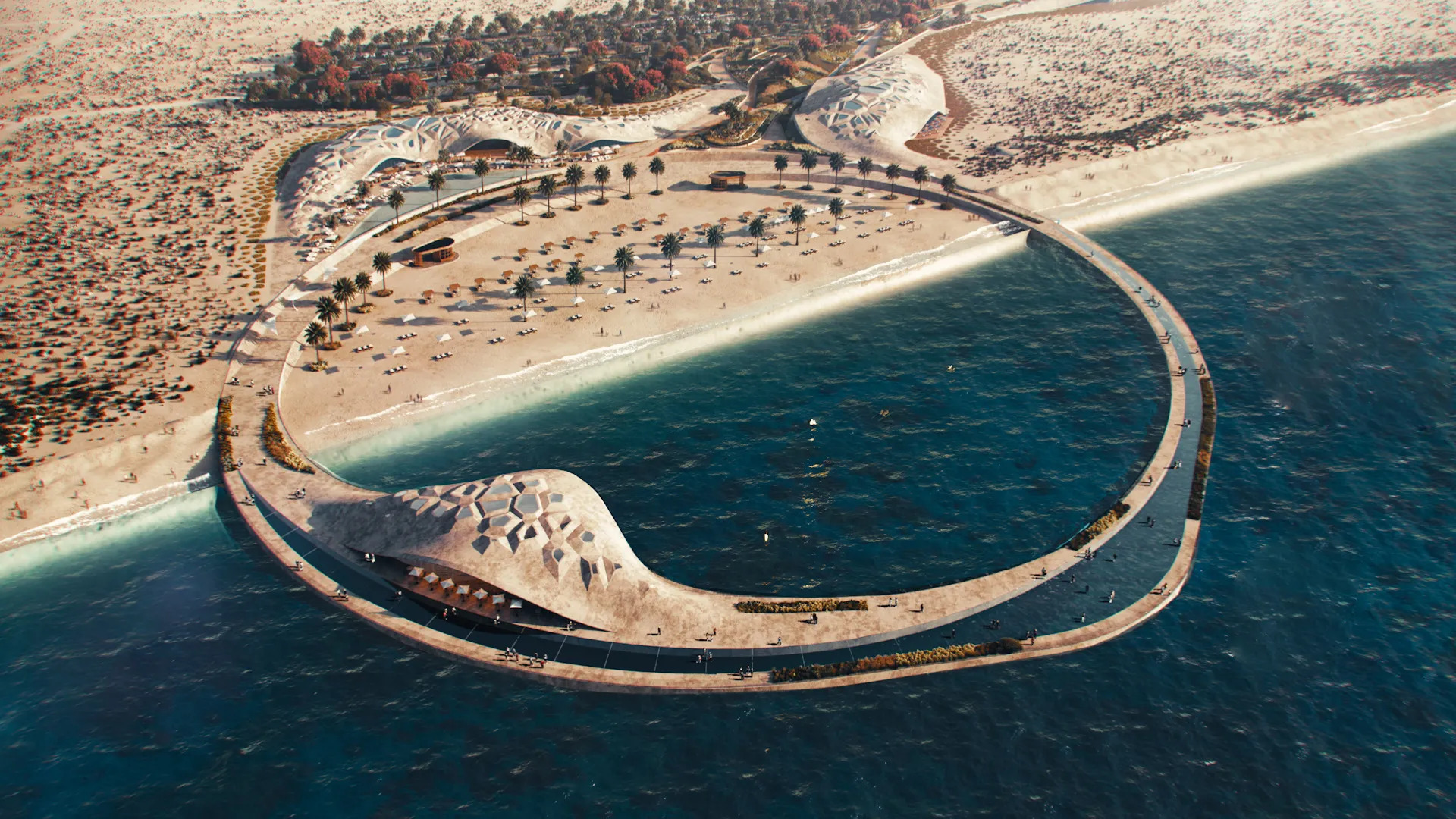
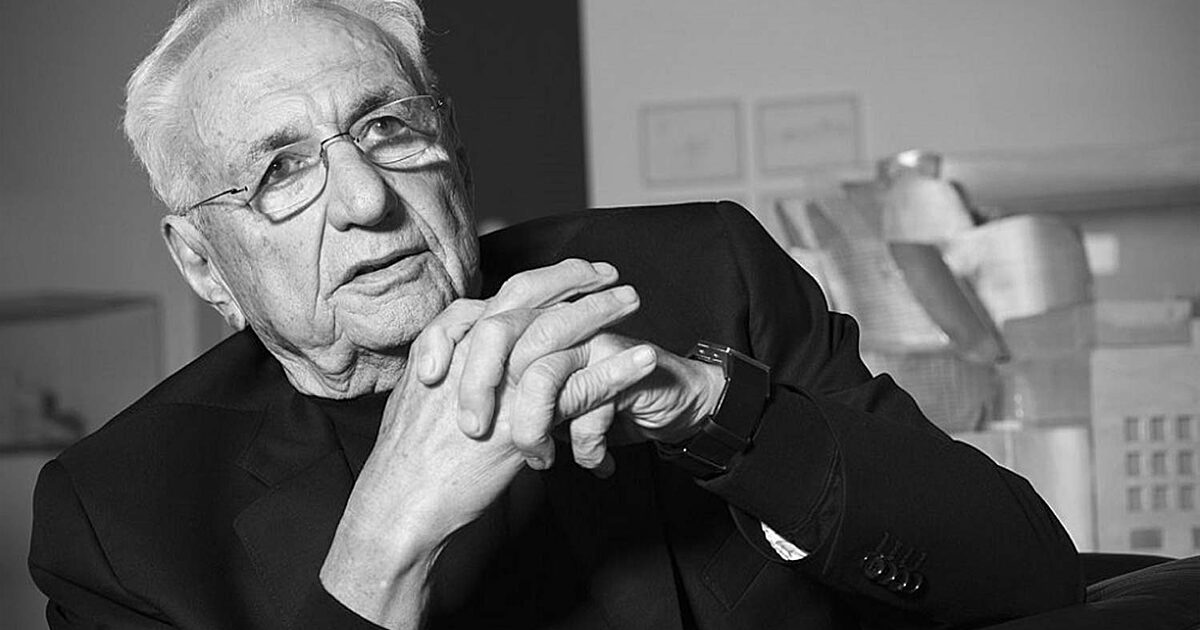
Leave a comment